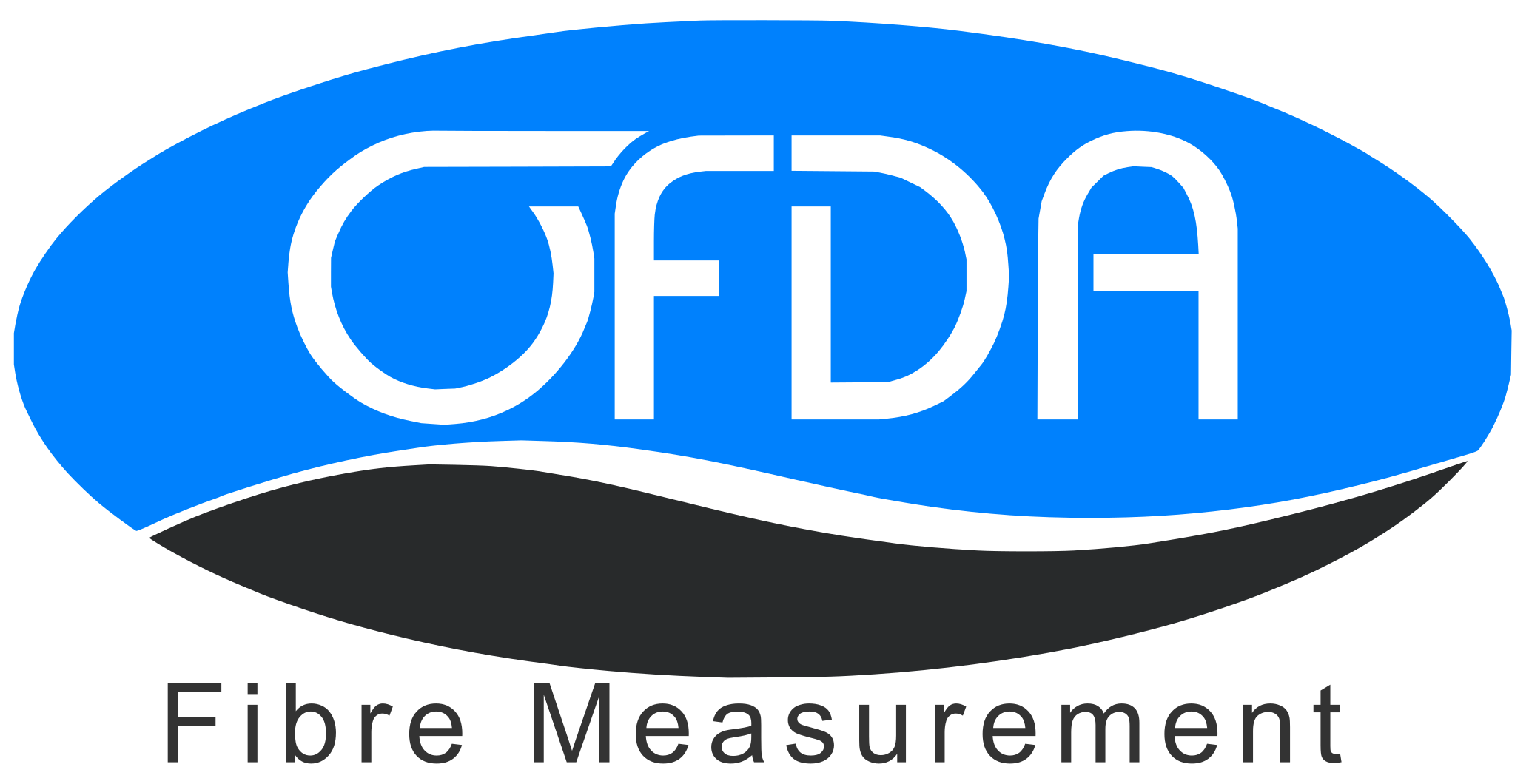OFDA for Fibre Diameter: When to Use OFDA2000 or OFDA4000
- Thomas Hegerty
- Oct 10
- 3 min read
If you work with wool or other animal fibres, getting fibre diameter (“micron”) right isn’t optional — it drives handle, processing behaviour and price. OFDA instruments were built for exactly this job. They use optical imaging (no lasers) to measure large numbers of fibres quickly and report not just the mean, but the full distribution that labs and buyers rely on. (OFDA)
The short answer
Choose OFDA2000 when you need fast, high-throughput diameter measurement in the shed or the lab — including greasy staples and along-staple profiling. Choose OFDA4000 when you also need true length and short-fibre content on tops or sliver, with automated handling that reduces operator influence. Both deliver rich diameter distributions; each shines in a different part of the workflow. (OFDA+1)
OFDA2000: the workhorse for micron (and more)
OFDA2000 is purpose-built for rapid, repeatable diameter measurement. In clean snippet (70×70 mm slide) mode, you prepare ~2 mm snippets, spread them on a glass slide and the instrument images thousands of fibres in seconds. In fibreglass slide mode, you can measure greasy staples right at the shearing shed and see along-staple micron plus staple length — a practical way to understand seasonal change on-animal and make selection decisions on the day. The system reports mean micron, standard deviation, CV, histogram, comfort factor and curvature. It’s also designed for portability and benchtop use, and it’s compatible with IWTO-47 reporting for wool diameter distribution. In Clean Snippet configuration, it measures up to 20,000 fibres in 25 seconds, eliminating operator bias from manual techniques. (OFDA)
OFDA4000: diameter and true length in one run
Where tops and sliver are concerned, length matters as much as micron. OFDA4000 brings automated feed and scanning so you can capture diameter distribution, true length, short-fibre percentage and Hauteur derived from the true length × diameter profile — all from the same pass. In Top mode, a sliver is placed on the comb bed; the instrument draws, sets scan density and measures to a preset fibre count (a typical 4,000-fibre test takes ~5 minutes with ~30 seconds of user input). There’s also a Tuft mode for users who need length data but don’t have a combed sample. Crucially, OFDA4000 uses optical machine vision to determine true length directly, avoiding the assumptions baked into older capacitive Hauteur approaches. It’s compatible with IWTO-62 workflows for wool tops and includes clean snippet mode when you want standard slide measurements on the same instrument. (OFDA)
What about curvature?
Curvature helps explain handle differences in lines that share a similar mean micron. Both OFDA instruments can report curvature when configured for it; OFDA4000 users in mohair and fine wool programs use length distribution and curvature together to tune spinning performance. (OFDA)
Which one fits your job?
If your day involves shed-side classing, ram selection or high-volume lab micron testing, the OFDA2000 gives you the speed, portability and along-staple insight to act quickly — while staying aligned with recognised diameter reporting practice. If you’re top-making, running combing trials or researching short-fibre effects, the OFDA4000’s combined length + diameter profile, diameter-by-length plots and automation make it the better fit. Many labs run both: OFDA2000 for rapid micron across diverse sample types; OFDA4000 when the question includes length and shorts. (OFDA+1)
Why OFDA for micron?
OFDA instruments are optical — a stable, well-proven approach with no lasers to align or maintain — and they’ve been trusted globally for decades. That foundation shows up in practical details: large fibre counts, robust distribution statistics and minimal operator input when you need it most. (OFDA)
Getting started
If you’re setting up (or refreshing) a fibre testing workflow, start by mapping the samples you actually see — greasy staples, prepared slides, tops, sliver — and the decisions you must make from each run. Then pick the instrument that matches those decisions with the least friction. We’re happy to review a handful of your samples and show you what OFDA reporting looks like for your fibre mix.
Talk to us
Speak with an OFDA specialist to design the right micron (and length) setup for your lab or classing programme.





Comments